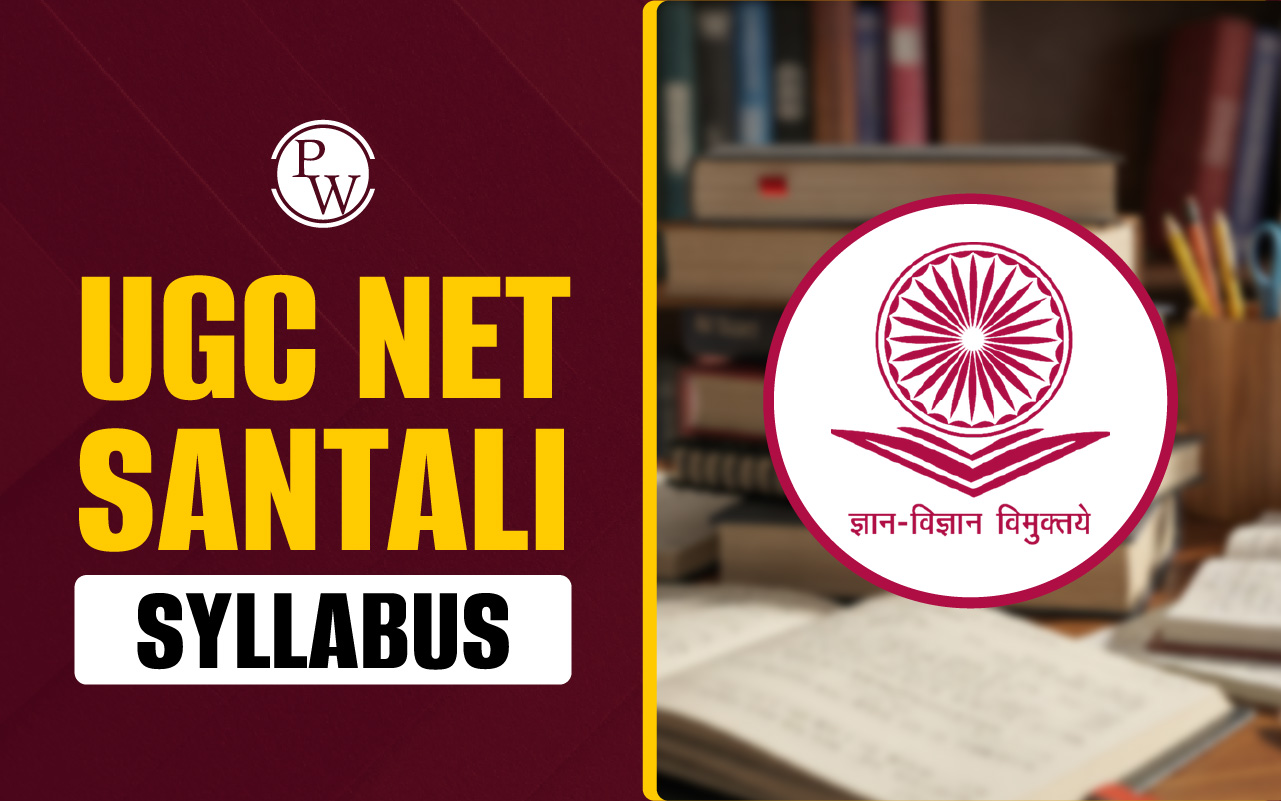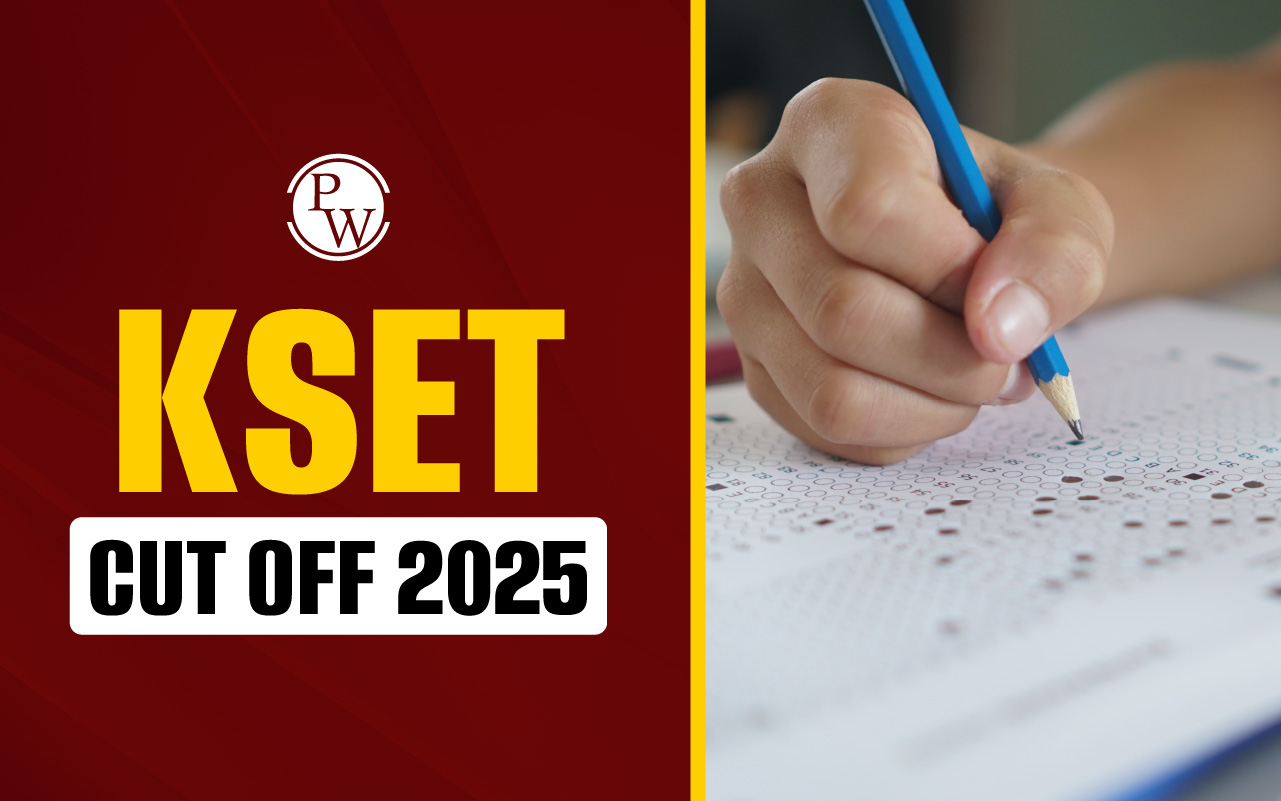
UGC NET Electronic Science Syllabus 2025: The National Testing Agency will conduct the UGC NET Electronic Science exam for candidates aiming to qualify for JRF or Assistant Professor roles. The updated UGC NET Electronic Science Syllabus 2025 has been released on the official website, ugcnet.nta.ac.in. To prepare efficiently for the upcoming UGC NET 2025 examination, candidates should thoroughly review the revised syllabus, which includes both Paper I (General Paper) and Paper II (Subject-specific Electronic Science).
UGC NET Electronic Science Syllabus 2025
To prepare effectively for the UGC NET 2025 examination in Electronic Science, candidates should begin by thoroughly understanding the UGC NET Electronic Science Exam Pattern 2025. Following this, it is essential to study the UGC NET Electronic Science Syllabus 2025, which is divided into two components—Paper 1 and Paper 2. Both sections of the syllabus have been outlined in detail in this article to support a focused and systematic preparation strategy.
UGC NET Electronic Science Syllabus 2025 Overview
The National Testing Agency (NTA) conducted the UGC NET 2025 for Assistant Professor and Junior Research Fellowship (JRF) posts. The exam is conducted online twice a year at the national level, with papers available in English and Hindi.| UGC NET Electronic Science Syllabus 2025 Overview | |
| Conducting Body | National Testing Agency (NTA) |
| Exam Name | UGC NET 2025 |
| Post Category | UGC NET Electronic Science Syllabus 2025 |
| Posts | Assistant Professor and Junior Research Fellowship (JRF) |
| UGC NET Exam Date 2025 | June 21-30, 2025 |
| Exam Level | National |
| Exam Frequency | Twice a year |
| Mode of Exam | Online |
| Medium of Exam | English and Hindi |
| Time Duration | 3 Hours |
| Number of Papers and Total Marks |
|
| Negative Marking | No Negative Marking |
| Exam Helpdesk No. | 0120-6895200 |
| Official Website | https://ugcnet.nta.nic.in/ |
UGC NET Electronic Science Syllabus 2025 PDF
To prepare effectively for the UGC NET Electronic Science 2025 examination, candidates are advised to download the unit-wise UGC NET Electronic Science Syllabus 2025 PDF by accessing the provided link. This resource is essential for candidates aiming to enhance their preparation strategy and increase their chances of achieving a positive UGC NET Result 2025. Click on the link below to download the UGC NET Electronic Science Syllabus 2025 PDF in English.
UGC NET Electronic Science Syllabus 2025 Paper 1
UGC NET Electronic Science Paper 1 syllabus consists of 10 sections like Teaching Aptitude, Research Aptitude, Reading Comprehension, Communication, Reasoning, Logical Reasoning, Data Interpretation, Information and Communication Technology, People and Environment, and Governance and Administration of higher education system.UGC NET Electronic Science Syllabus 2025 Unit Wise
In the UGC NET 2025 Electronic Science examination, the syllabus will be organised into 10 units, with each unit focusing on different aspects of the subject. This division aims to provide a comprehensive understanding of Electronic Science for the candidates appearing in the examination. Here is an overview of UGC NET Electronic Science Syllabus 2025 Unit Wise.| UGC NET Electronic Science Syllabus 2025 Unit Wise | ||
| Unit-I | Introduction to Semiconductor | Basic concepts of semiconductors, including energy bands, effective mass, density of states, and Fermi levels. |
| PN Junction | Formation and characteristics of PN junctions, including the diode equation, breakdown, and different types of diodes like Zener and Tunnel diodes. | |
| Metal Semiconductor Junction | Ohmic and Schottky contacts in metal-semiconductor junctions, including their characteristics and equivalent circuits. | |
| JFET and MOSFET | Characteristics and equivalent circuits of Junction Field Effect Transistors (JFET) and Metal Oxide Semiconductor Field Effect Transistors (MOSFET). | |
| Low Dimensional Semiconductor Devices | Quantum wells, quantum wires, and quantum dots, along with High Electron Mobility Transistors (HEMT). | |
| Solar Cells, LED, LCD | Characteristics, efficiency, and applications of solar cells, Light Emitting Diodes (LED), Liquid Crystal Displays (LCD), and flexible display devices. | |
| Emerging Materials | Graphene, carbon nanotubes (CNT), ZnO, SiC, and other emerging materials for future devices. | |
| Unit-II | IC Fabrication | Crystal growth, epitaxy, lithography, doping, thin film deposition, and characterization techniques. |
| MOS Technology and VLSI | Metal-Oxide-Semiconductor (MOS) technology, Very Large Scale Integration (VLSI), and basics of VLSI design including layout design rules. | |
| CCD and Thin Film Devices | Charge-Coupled Devices (CCD) structure, thin film active and passive devices, and their fabrication techniques. | |
| Unit-III | Circuit Analysis | Network theorems (Superposition, Thevenin, Norton, Maximum Power Transfer), Laplace Transform, Fourier Transform, and AC circuit analysis. |
| Passive Filters and Two-Port Networks | Passive filters, two-port network parameters (Z, Y, ABCD, h), transfer functions, and signal representation. | |
| Time and Frequency Domain Analysis | Laplace and Fourier transforms, Bode Plots, Zeroes and Poles, and transient analysis. | |
| Digital Signal Processing | Continuous and discrete time signals, Fourier series, Discrete Fourier Transform (DFT), Fast Fourier Transform (FFT), and basic digital signal processing concepts. | |
| Unit-IV | Rectifiers and Power Supplies | Rectifiers, voltage regulators, biasing of transistors, amplifiers, and power supply circuits. |
| Oscillators and Filters | Oscillator circuits (Hartley, Colpitt's, Phase Shift), operational amplifiers, active filters, and wave shaping circuits. | |
| Digital Circuits | Logic families, gates, Boolean algebra, flip-flops, memories, and sequential circuits. | |
| Unit-V | Logic Design and Digital Circuits | Combinational circuits, Programmable Logic Devices (PLD), flip-flops, memories, and sequential circuits. |
| Digital Circuit Design using HDL | Hardware Description Language (HDL) and design of digital circuits using HDL. | |
| Unit-VI | Microprocessor and Microcontrollers | Architecture, instruction set, programming, memory, and I/O interfacing of Microprocessor 8086 and Microcontroller 8051. |
| 8051 Assembly Programming | 8051 assembly programming including stack operations, subroutines, interrupts, and interfacing with peripherals like timers, serial communication, and displays. | |
| Unit-VII | Electromagnetism and Antennas | Electrostatics, magnetostatics, Maxwell's equations, wave propagation, transmission lines, waveguides, and antennas. |
| Microwave Devices and Radar | Microwave sources and devices, radar principles, and block diagram of radar systems. | |
| Unit-VIII | Analog and Digital Communication | Analog modulation and demodulation techniques, digital modulation techniques, multiple access techniques, and data communication principles. |
| Information Theory | Basic concepts of information theory, error detection, and correction techniques. | |
| Unit-IX | Power Devices and Control Systems | Characteristics and applications of power devices, SCR triggering, A.C. and D.C. motors, and principles of control systems. |
| Control System Design | Block diagram reduction techniques, stability criteria, and different types of controllers. | |
| Unit-X | Transducers and Measurement | Various types of transducers and sensors, along with measurement techniques using instruments like CRO, DMM, and spectrum analyzers. |
| Biomedical Instruments | Instruments used in biomedical measurements such as ECG, EEG, and blood pressure monitors. | |
|
IoT Applications |
Sensors and their applications in the Internet of Things (IoT) for communication. | |
UGC NET Electronic Science Exam Pattern 2025
In the UGC NET Electronic Science Exam Pattern 2025, Paper 1 consists of sections like Teaching Aptitude, Research Aptitude, Reading Comprehension, Communication, Reasoning (including Maths), Logical Reasoning, Data Interpretation, Information & Communication Technology (ICT), People & Environment, and Higher Education System. Paper 2 focuses on Electronic Science. Here is an overview of the UGC NET Electronic Science Exam Pattern 2025.| UGC NET Electronic Science Exam Pattern 2025 | |||
| Paper | Sections | Number of Questions | Maximum Marks |
| Paper 1 | Teaching Aptitude, Research Aptitude, Reading Comprehension, Communication, Reasoning (including Maths), Logical Reasoning, Data Interpretation, Information & Communication Technology (ICT), People & Environment, and Higher Education System | 50 | 100 |
| Paper 2 | Electronic Science | 100 | 200 |
UGC NET Electronic Science Minimum Qualifying Marks
The UGC NET Electronic Science Syllabus 2025 has minimum qualifying marks, which vary according to categories. An overview of the UGC NET Electronic Science Syllabus 2025 Minimum Qualifying Marks is given below:| UGC NET Electronic Science Minimum Qualifying Marks | |
| Category | Qualifying Marks |
| General | 40% |
| OBC | 35% |
| SC/ST | 35% |
UGC NET Electronic Science Books
To prepare effectively for the UGC NET Electronic Science Exam 2025, refer to the following highly recommended books that cover the syllabus. These UGC NET Books can help students in their exam preparations. The list provided below includes top UGC NET Electronic Science books, following the syllabus, for aspirants to utilize while studying for the UGC NET 2025 Exam. These books are:| UGC NET Electronic Science Books | |
| Books Name | Author Name/Name of the Publishers |
| Network Analysis | Van Valkenburg |
| Integrated Electronics | Jacob Millman & C. Halkias; Millman & Grabel |
| Introduction to Semi-Conductor | Simon M. Sze |
| Rectifiers | Baliga B. Jayant |
| Electrostatics | Joseph M. Crowley |
UGC NET Visual Art Syllabus 2025 FAQs
What is the UGC NET Electronic Science Exam Pattern for 2025?
What are the minimum qualifying marks for UGC NET Electronic Science Exam 2025?
What types of devices are discussed under Unit-I of the UGC NET Electronic Science Syllabus?
Are there any negative markings in the UGC NET Electronic Science Exam?
How many papers are there in the UGC NET Electronic Science Exam?










